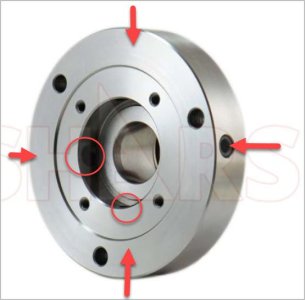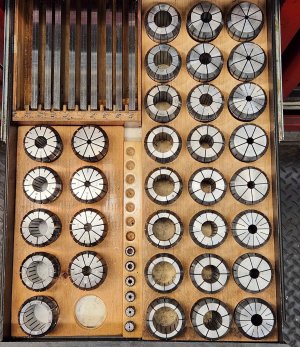Having invested in an imperial & metric set of ER40 collets for the mill, I'm looking at expanding their use to the lathe. I've looked at several different collet chucks & note that there are a few different sizes: 80mm, 125 mm, 130mm, etc.
Save for the obvious, what's the difference?
And what about these "fine adjustment" models: https://www.shars.com/5-er40-zero-set-fine-adjustment-collet-chuck
TIA
Save for the obvious, what's the difference?
And what about these "fine adjustment" models: https://www.shars.com/5-er40-zero-set-fine-adjustment-collet-chuck
TIA
Last edited:


